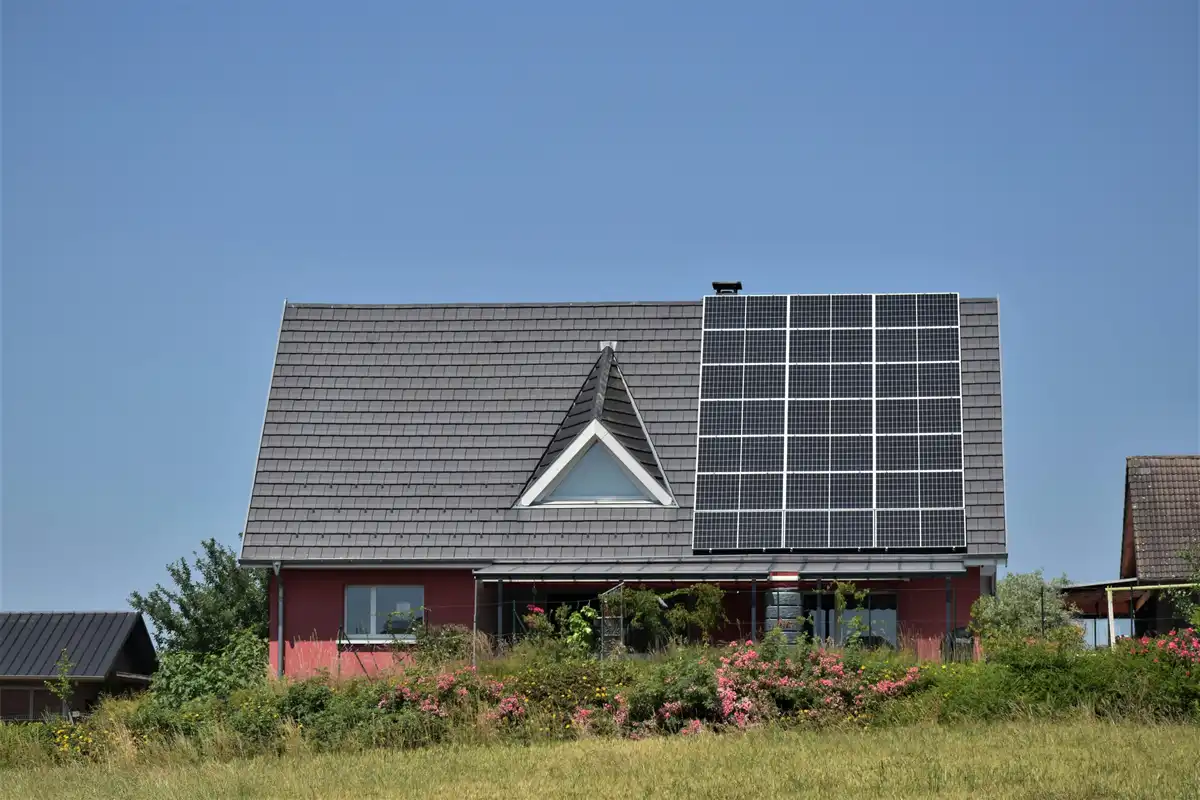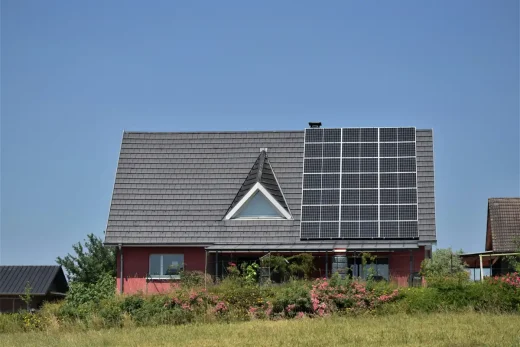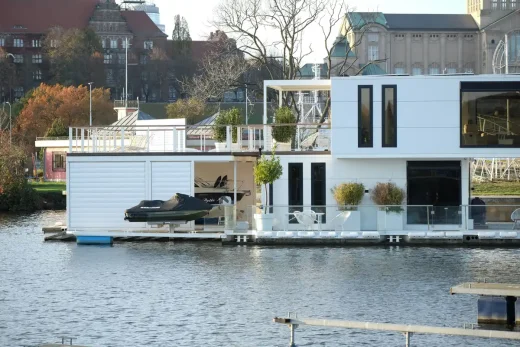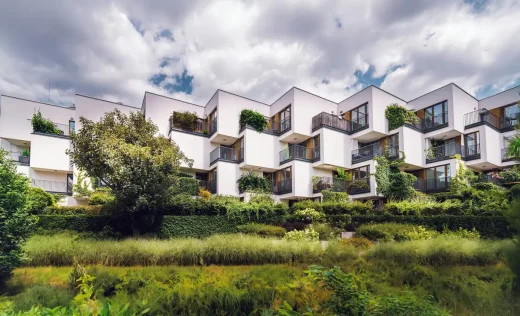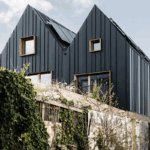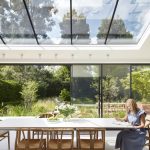Sustainable building certification Passivhaus alternative, Energy efficient property standard
Sustainable Building Certification Passivhaus Alternative in UK
post updated 16 June 2025
By Magdalena Arent, Building Performance Consultant at Holmes Miller.
24 November 2024
The Sustainable Building Spectrum When Passivhaus Doesn’t Quite Fit the Bill
Passivhaus certification has become known as the industry’s gold standard for energy efficient new buildings, especially in the context of the UK’s goal to achieve net zero by 2050. Architects and contractors alike are zeroing in on this rigorous standard as the blueprint for creating low-carbon structures that are built to last, performing as intended, therefore cheaper to run and more pleasant to be in.
With the climate crisis intensifying, it’s promising to see more clients taking ownership of reducing their building’s energy consumption, both at the construction phase and in its operation. Many are now recognising the importance of exploring new ways to create more sustainable buildings and are looking for the right advice on how best to minimise their environmental impact.
Passivhaus isn’t just a benchmark—it’s the target for sustainable design we should all be striving towards. It sets absolute targets for heating and electrical use, allowing for flexible design without neglecting non-regulated energy limits, which can significantly bring down energy costs. For large commercial buildings such as leisure centres with swimming pools, and supermarkets, the reduction in final energy bills can provide substantial savings. The calculations are also climate specific, making the Passivhaus methodology suitable for any location worldwide.
But when clients come to us looking to design green buildings, achieving full Passivhaus certification isn’t always realistic. Its stringent requirements for airtightness, ventilation, and triple-glazed windows, for example, significantly drive up costs at a time when client budgets are tight. And this isn’t the only challenge. Achieving full Passivhaus standard also requires a level of time and commitment which some may feel is too high for something that isn’t a mandatory requirement.
Governments are now recognising this though, and things look set to change in the coming years. Scotland has committed to developing a Passivhaus equivalent standard with detailed benchmarks, yet to be established, due to be mandatory by 2028. In Wales, the current Passivhaus label is deemed to comply with their building regulations.
There are also other ways to create sustainable buildings without having to face these challenges. And for those who can’t quite justify the added investment needed to achieve Passivhaus status, or for buildings where it simply doesn’t suit, that doesn’t mean settling for mediocrity. Aiming for a slightly less stringent certification that still far exceeds building standards is a no-brainer.
There are credible, affordable and achievable alternative standards that still deliver substantial energy efficiency improvements. The key lies in assessing each project individually to find the right one.
Take the Passivhaus Institute (PHI) Low Energy Building Standard, for instance. It mirrors the core requirements of Passivhaus, and offers the same quality assurance, but offers more leeway on energy usage. This makes it a practical alternative that doesn’t mean sacrificing the benefits of high-performance design, such as a healthy, comfortable building with excellent air quality.
Similarly, realising the challenges posed by Passivhaus, the Association for Environment Conscious Building (AECB) has introduced the CarbonLite standard, which bridges the gap between Passivhaus and current building regulations. This standard still uses the same Passivhaus Institute assessment tool (known as PHPP), the same calculation methods, and still has rigorous quality assurance, but has less onerous demands in terms of heating and primary energy and airtightness.
CarbonLite provides a robust framework for sustainable construction, enabling clients to contribute to the net zero mission without the heavier burden of Passivhaus certification. The model works particularly well for retrofit projects, as it allows a staged approach. This might begin with upgrading to a clean heating system, with more costly adaptations such as improved insulation planned in for a later date.
At the beginning of every project, we’ll present these various options to our clients to help align targets with their aspiration, but the beauty is they don’t need to decide at the outset. We can work with them throughout the design process to help them choose what works best.
The choice between Passivhaus, AECB, or another certification isn’t just about ticking boxes; it’s about making real strides toward energy-efficient design. As designers, that’s something we should all be aspiring to.
Holmes Miller recently launched a revised sustainability charter, and as part of this we’ve adapted our approach to embed low carbon design into the bedrock of every project, whether it’s aiming for Passivhaus certification or not. Passivhaus principles guide our design process from the ground up, with aspects such as compact form, optimised glazing and shading, and low energy equipment placed at the top of our priority list to ensure we’re driving better efficiency across all our buildings.
Passivhaus may be considered the jewel in the crown of sustainable design, but if we really want to improve the way we build, educating clients on the spectrum of options available to them is crucial. It’s always better to do something than nothing, and sustainable design doesn’t have to be an all-or-nothing approach. It’s about taking realistic, incremental steps to make every building better – and in the fight for a greener, happier and healthier future, every step counts.
Comments on this guide to Sustainable building certification Passivhaus alternative in Great Britain article are welcome.
Passivhaus Homes
Contemporary Passivhaus Home Designs – recent eco property selection from e-architect below:
The Hütt 01 PassivHaus Coburg, Melbourne, Victoria, Australia
Architects: Melbourne Design Studios
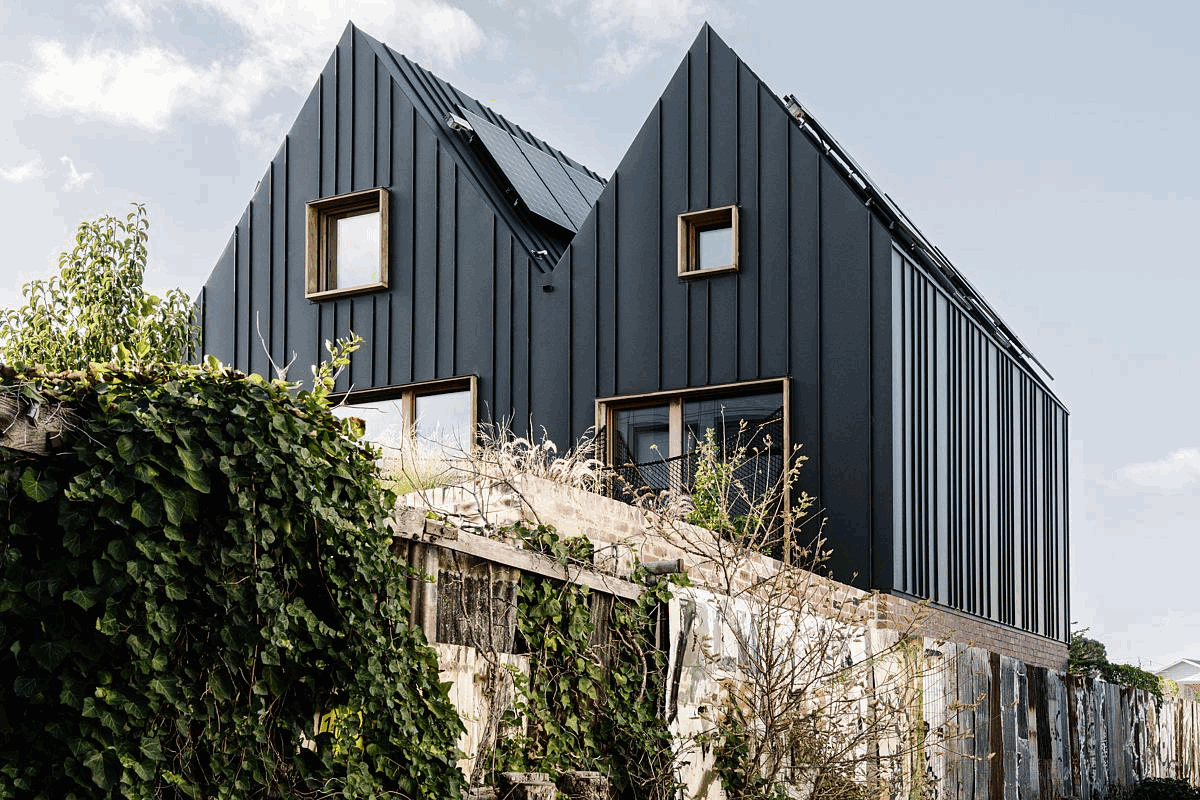
photos : Marnie Hawson and Matt C Photography
The Hütt 01 PassivHaus, Coburg, Melbournes
First Passivhaus Primary School In Scotland, Perth and Kinross, Scotland, UK
Design: Architype Architects
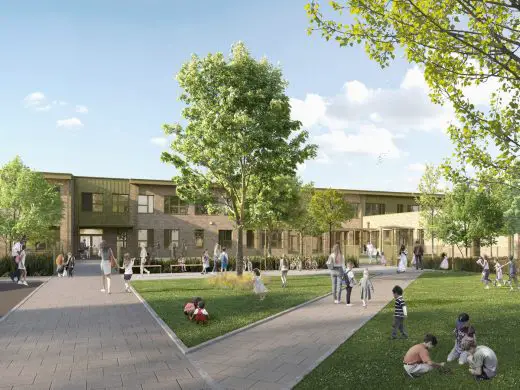
image courtesy of architects practice
North Perth Passivhaus Primary School, Scotland
Sulgrave Gardens Passivhauses, Brook Green, Shepherds Bush, West London, England, UK
Design: Cartwright Pickard Architects
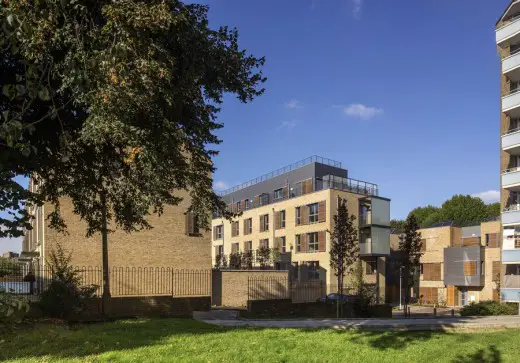
photo : Morley Von Sternberg
Sulgrave Gardens Passivhauses London
Agar Grove Homes – Camden Passivhaus Housing, London, England, UK
Architects: Hawkins\Brown with Architype
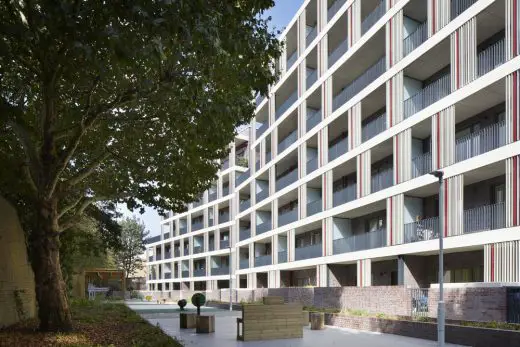
photograph : Jack Hobhouse
Camden Passivhaus Housing
Mayfield Passivhaus, East Sussex, Southern England, UK
Architects: Hazle McCormack Young LLP
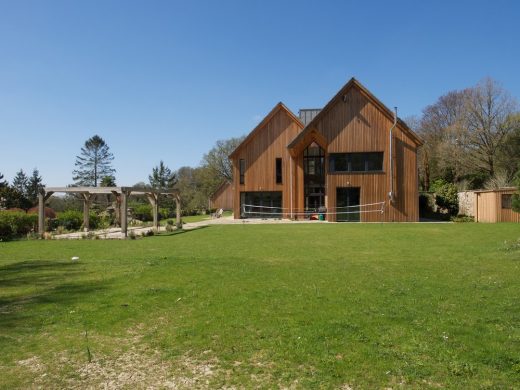
image courtesy of architects practice
Mayfield Passivhaus
Architects: Hazle McCormack Young LLP
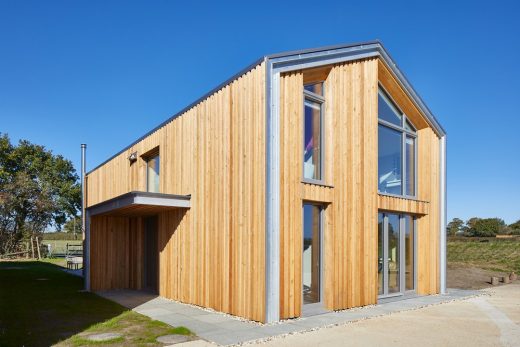
image courtesy of architects practice
Ringmer Passivhaus
Design: Studio Tashkeel Architects
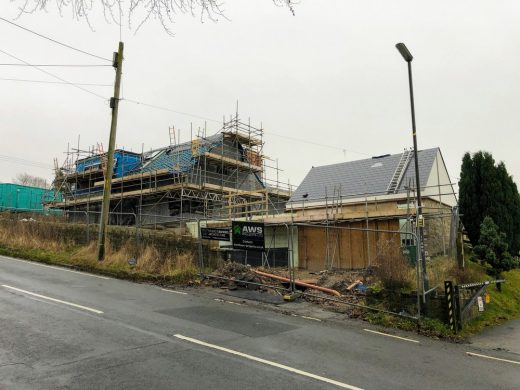
image courtesy of architects practice
Charlesworth Passivhaus
Design: Ruth Butler Architects
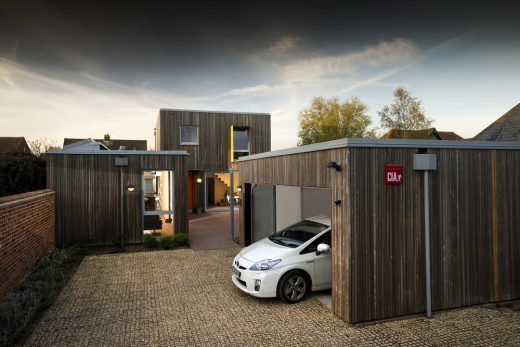
image courtesy of architects practice
Hampshire Passivhaus, Self-Build Home
Architect: Prewett Bizley Architects
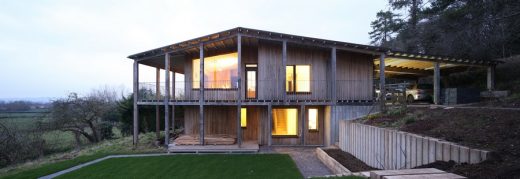
photo : Graham Bizley
Dundon Passivhaus, Somerset
Passivhaus Housing Scheme, Herefordshire, western England
Design: Architype / Churchman Landscape Architects + ArchiHaus
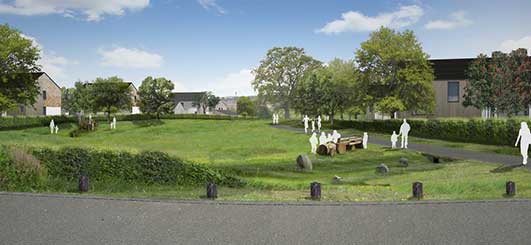
image : Architype
Passivhaus Housing Scheme, Herefordshire
Eco Victorian Townhouses in Manchester, 6 Zetland Road, Chorlton, Manchester M21 8TH, England, UK
Architects: Kit Knowles (Ecospheric) and Chris Rodgers (Guy Taylor Associates)
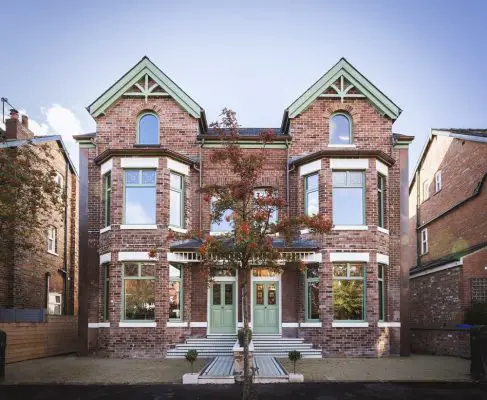
photo @rickmccullagh.co.uk
Zetland Road Homes in Chorlton
The Larch House, Wales
Design: bere:architects
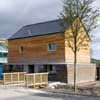
image from the architect
Welsh Passive House
Design: Parsons & Whittley Architects
Wimbish Passivhaus Scheme, Essex Homes
Passivhaus Conference UK, London Event
Building
Residential Architecture Articles
Comments / photos for the Sustainable building certification Passivhaus alternative in the UK advice page welcome.

